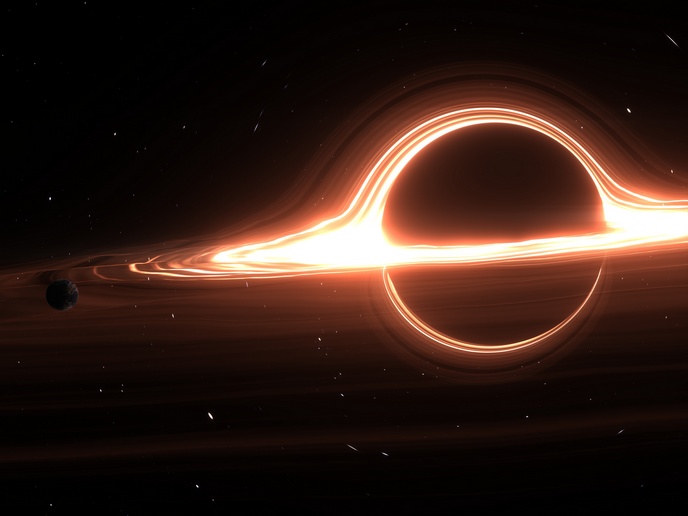Radio bursts help us home in on the mysterious origin of cosmic rays
The source of cosmic rays – charged particles that move at close to the speed of light – is one of astronomy’s enduring mysteries. While light reaches astronomers more or less in a straight line from its source, cosmic rays are deflected by magnetic fields, obscuring their origins. The EU-funded LOFAR project pioneered a novel radio telescope method to observe cosmic rays and learn more about them. Not all cosmic rays are created equal, and they come in a wide range of energies related to their mass and speed. Lower energy particles of 10^15 eV may emanate from the remnants of supernovae in the core of the Milky Way, where particles ‘surf’ the boundaries of exploding stars, gradually picking up speed. But no known mechanism exists within our galaxy that can accelerate particles to the very high energies that are sometimes seen, suggesting an extragalactic origin. “Extremely powerful supernovae remnants can maybe produce energies 100 times above 10^15 eV, but beyond that it’s hard theoretically to come up with sources that can produce such energies,” explains project coordinator Stijn Buitink.
Alien arrivals
Identifying the precise energy level where cosmic rays become dominated by extragalactic sources will help astronomers to reconstruct the likely conditions that produce them. To do that they need to make lots of measurements, but observing cosmic rays is difficult. They strike Earth at a rate of one 10^15 eV particle per square kilometre per year, making ground-based detectors inefficient. More typically, astronomers study the faint fluorescence created(opens in new window) as cosmic rays enter the atmosphere and collide with air molecules, but this can only be performed on very dark nights. Buitink and his team at VUB(opens in new window) in Belgium used a new technique, identifying cosmic particles by the radio pulse they emit as they collide with Earth’s atmosphere. “These bursts are very short, tens of nanoseconds long,” adds Buitink. The signals were detected with LOFAR, an array of 20 000 small radio antennae in the Netherlands. To distinguish the short radio bursts of cosmic rays from human-made sources such as spark plugs in car engines, LOFAR uses particle detectors that sense the shower of secondary particles that results from a cosmic ray collision in the upper atmosphere. “With LOFAR we demonstrated you can monitor cosmic rays very accurately with radio, to the same precision as traditional techniques,” says Buitink. The new technique will allow them to observe cosmic rays in all light conditions, across a broad swathe of sky.
Heavy metals
Heavier mass cosmic rays – such as those made of iron or lead – will penetrate deeper into the atmosphere, so by locating the source of the radio burst, Buitink and his team were able to calculate the constituent element of the cosmic rays detected, and their energy level. However, there is still a small disagreement between LOFAR’s results and those generated by air fluorescence. “Either there is something we don’t understand about the measurements, or it might be something interesting in the physics,” notes Buitink. “What we can say now is that LOFAR contributed to adding measurements, based on a completely different technology, with different uncertainties.” Upgrades are now planned for LOFAR so that it operates continuously, generating much-needed data. Buitink is also seeking to use the Square Kilometre Array (SKA)(opens in new window), currently under construction in Australia, to observe cosmic rays with even higher precision.







